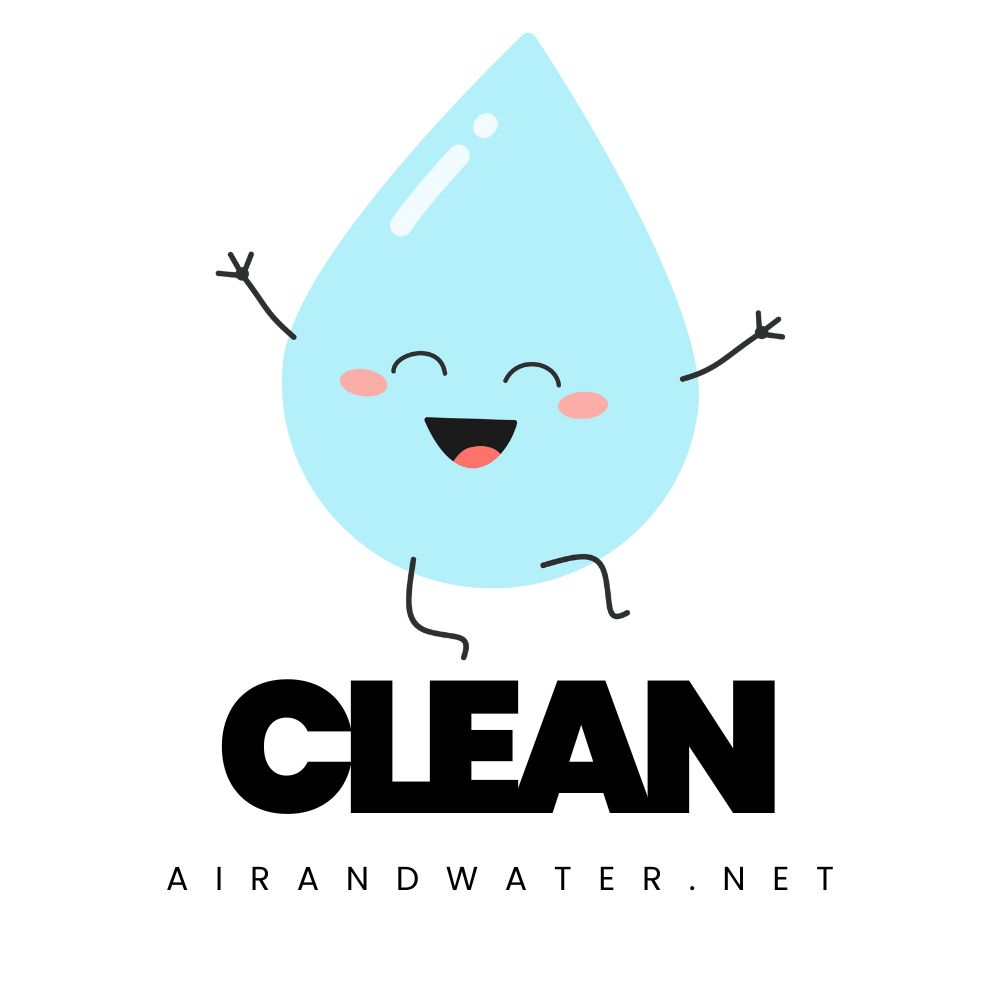Toledo Water Quality at a Glance
some concerns
Is Toledo Water Safe to Drink?
Generally Safe But Monitor Closely – Toledo water meets federal standards and has significantly improved since the 2014 crisis. However, concerns remain including trihalomethanes (cancer-causing disinfection byproducts), widespread lead service lines affecting 50,000+ homes, and ongoing vulnerability to harmful algal blooms from Lake Erie. Recent violations for turbidity show infrastructure challenges persist.
⚠️ Key Concerns for Toledo Residents
- Lead Service Lines: 50,000 customers notified in 2024 about lead/galvanized lines; city replacing by 2026 under Recovery Plan
- Trihalomethanes (THMs): Disinfection byproducts exceeding health guidelines; bromodichloromethane, chloroform, and bromoform detected
- Harmful Algal Blooms: Annual threat from Lake Erie; 2014 crisis affected 500K people; ongoing monitoring with $500M in treatment upgrades
- Infrastructure Issues: Recent turbidity violations due to heavy rainfall overwhelming treatment systems
Read the full report below for detailed analysis, city-specific data, and actionable recommendations for Toledo residents.
Toledo – Ohio – Water Quality Report 2025: PFAS Testing, Infrastructure Concerns & Safety across your city
Toledo’s Department of Public Utilities operates one of the largest water treatment facilities on Lake Erie, serving approximately 500,000 people in Toledo and surrounding communities across Lucas, Wood, and Fulton Counties in Ohio, and southern Monroe County in Michigan. The Collins Park Water Treatment Plant processes an average of 75 million gallons daily for the greater Toledo metropolitan area.
Toledo draws its drinking water from the shallow western basin of Lake Erie, which is the shallowest and warmest of the Great Lakes. Lake Erie is an essential resource for the region, but faces significant environmental challenges including harmful algal blooms (HABs) that became nationally recognized during the 2014 Toledo Water Crisis. Since that event, the city has made substantial investments in water treatment infrastructure and monitoring technology. Toledo has implemented a comprehensive $500 million capital improvement plan for the Collins Park Water Treatment Plant, including the addition of ozone treatment technology in June 2021, which provides advanced protection against algal toxins and other contaminants.
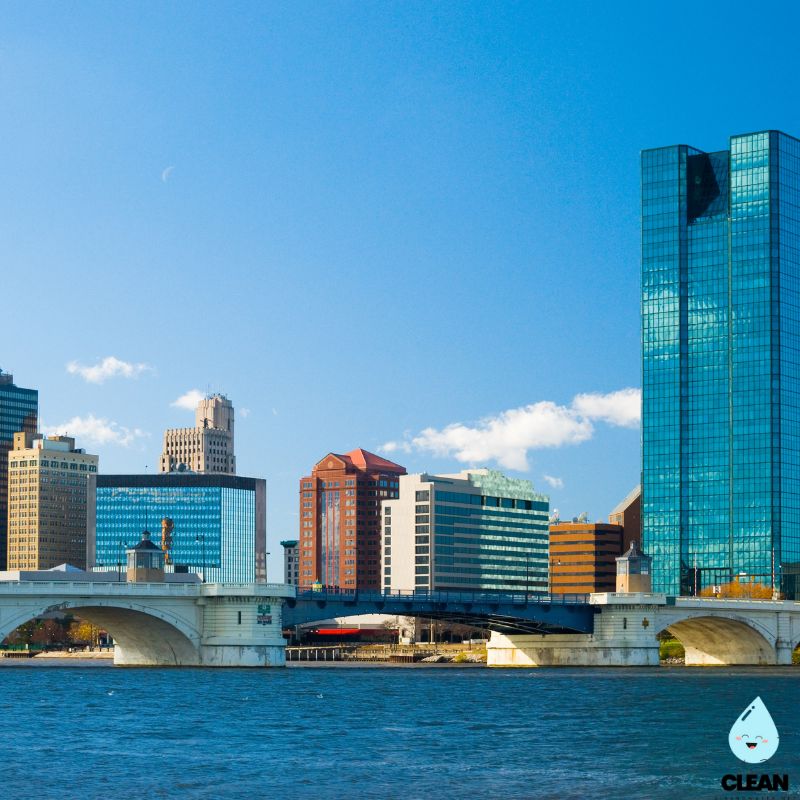
Toledo Water Quality: Current Status (2024-2025)
Latest Testing Results
- Microcystin Levels: Toledo now performs continuous water quality monitoring for harmful algal bloom (HAB) indicators, with certified chemists conducting hundreds of tests daily at the Collins Park Water Treatment Plant. Current microcystin levels remain below detection limits in treated water, meeting all EPA standards.
- Testing Scope: The city collects approximately 5,000 water samples annually from the water plant and over 2,500 samples from the distribution network. During algal bloom season, microcystin testing frequency increases based on lake conditions.
- Compliance Status: Toledo’s drinking water meets or exceeds all federal and state drinking water standards, including compliance with the Safe Drinking Water Act and Ohio EPA regulations.
Advanced Monitoring Systems
- Early Warning System: Toledo has implemented an advanced warning system with data sondes (monitoring devices) located at the Lake Erie intake crib and surrounding waters. These devices continuously monitor indicators like pH, temperature, and other parameters that can signal the development of harmful algal blooms.
- Real-time Data: Buoys surrounding Toledo’s water intake continuously transmit water quality data via radio signal to the treatment plant, allowing operators to respond rapidly to changing lake conditions.
- Public Transparency: The city maintains an online water quality dashboard that provides public access to current water quality information.
State-of-the-Art Treatment Technology
- Ozone Treatment: In June 2021, Toledo began using ozone treatment at the Collins Park facility, featuring a 160 million gallon per day capacity. This advanced oxidation process provides a powerful barrier against algal toxins and other contaminants.
- Multiple Treatment Barriers: The city employs a multi-barrier approach for algal toxin treatment: 1) enhanced pretreatment with potassium permanganate and powdered activated carbon, 2) ozone treatment, and 3) biologically active filters with granular activated carbon media.
- Enhanced Disinfection: Additional chlorine capabilities help ensure the destruction of any remaining algal toxins or pathogens before water enters the distribution system.
Infrastructure Improvements
- Capital Improvement Plan: Toledo is implementing a comprehensive $500 million upgrade program at the Collins Park Water Treatment Plant, which began in 2012 and will continue through 2023. These improvements include new treatment basins, electrical upgrades, and facility expansion.
- Expanded Capacity: Upon completion of all improvements, the plant’s capacity will increase from 120 million gallons per day to 140 million gallons per day, designed to meet projected water needs through 2040-2050.
- System Redundancy: Critical improvements have focused on adding redundancy throughout the treatment system to ensure uninterrupted water service even during maintenance or equipment failures.
Ongoing Lake Erie Challenges
Despite significant improvements to water treatment capabilities, Toledo continues to monitor and address the root cause of harmful algal blooms in Lake Erie. The city collaborates with regional, state, and federal agencies to advocate for reduced agricultural and urban runoff of nutrients like phosphorus and nitrogen, which feed algal blooms. Toledo is committed to transparent communication about water quality, publishing annual Consumer Confidence Reports and providing regular updates during algal bloom season. While the water system has been transformed since the 2014 crisis, continued vigilance and watershed protection efforts remain essential to the long-term health of Lake Erie and Toledo’s water supply.
Recommendations for Toledo Residents

Stay Informed
Visit toledo.oh.gov/residents/water/quality for the latest water quality information. During algal bloom season (typically July-October), check for updates more frequently. Subscribe to Toledo Alert notifications by texting TOLEDO to 419-370-7704 for emergency notifications.

Report Water Concerns
Contact Engage Toledo at 419-936-2020 to report any water quality concerns, including unusual taste, odor, or appearance. The city can perform additional testing and provide guidance for specific water issues.
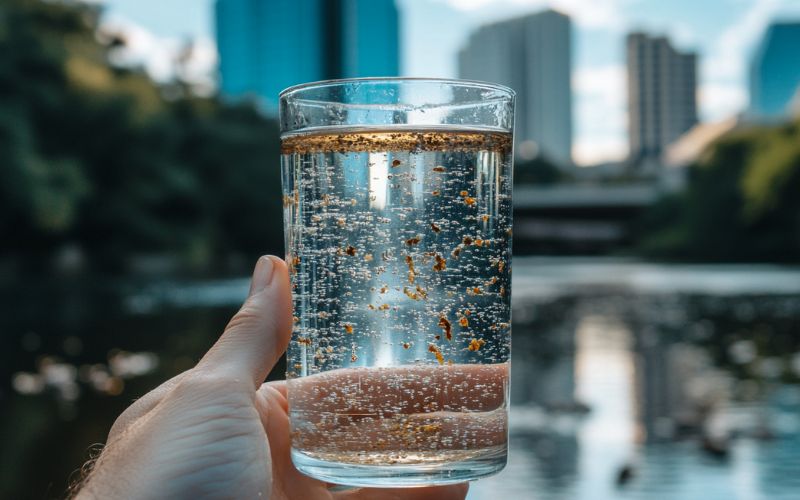
Understand Changes in Water
If you notice changes in your water’s taste, odor, or appearance, it may be due to seasonal treatment adjustments or maintenance activities. With the new ozone treatment system, some residents may notice subtle taste differences as ozone removes compounds previously present in the water.
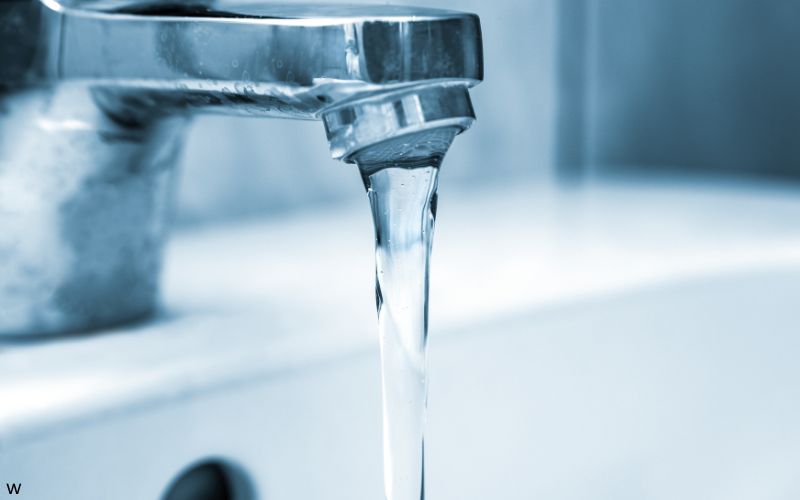
Use Water-Efficient Fixtures
Install low-flow faucets, showerheads, and high-efficiency toilets to reduce water consumption. These improvements not only save water but also reduce your utility bills. Consider fixing leaky faucets promptly, as they can waste significant amounts of water over time.
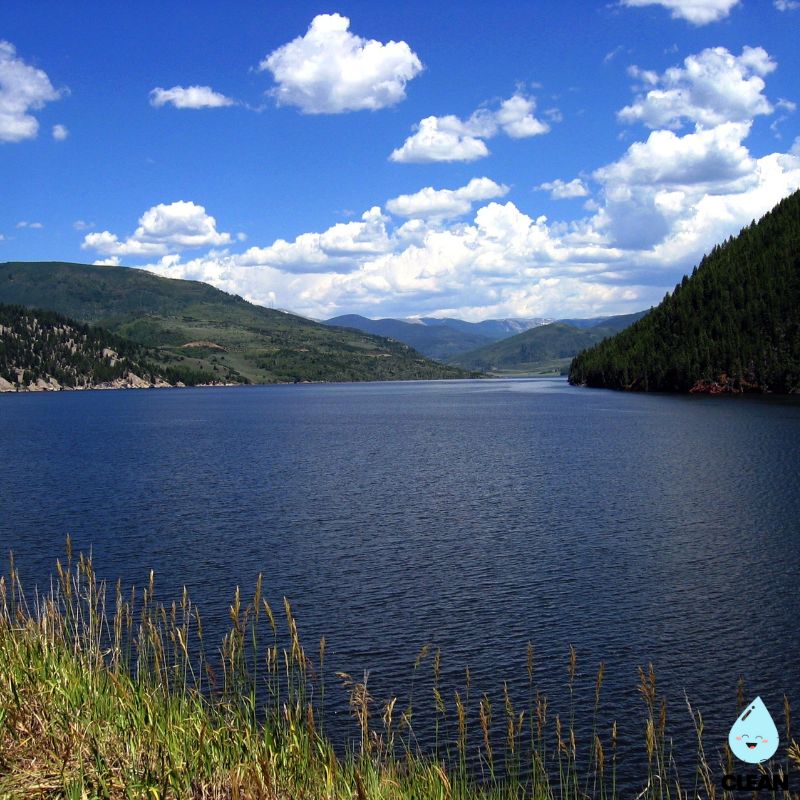
Support Clean Water Initiatives
Get involved with local watershed protection efforts and support policies that address the root causes of harmful algal blooms. Organizations like Partners for Clean Streams (partnersforcleanstreams.org) offer volunteer opportunities to help protect Toledo’s water sources.
Quality News About Your Water
Get the comprehensive water quality news coverage you need with our dedicated US Water News Service. From coast to coast, we deliver in-depth reporting and expert analysis on PFAS contamination, EPA regulatory changes, infrastructure developments, and emerging water safety issues affecting communities nationwide. While mainstream media only covers the biggest stories, we provide the detailed, ongoing coverage that helps you understand the full scope of America’s water challenges. Whether you’re a concerned citizen, water professional, or community leader, our daily updates and analytical insights keep you informed about the issues that matter most to public health and environmental safety.
Frequently Asked Questions
Is Toledo’s water safe to drink after the 2014 crisis?
Yes, Toledo’s water is safe to drink. The city has made substantial investments in water treatment infrastructure since the 2014 water crisis, including a $500 million capital improvement program at the Collins Park Water Treatment Plant.
The addition of ozone treatment in June 2021 provides a powerful barrier against microcystin and other contaminants from harmful algal blooms. The city now has sophisticated monitoring systems that provide early warning of changing lake conditions, allowing operators to adjust treatment processes proactively. Hundreds of water quality tests are performed daily by certified chemists, and the water consistently meets or exceeds all federal and state drinking water standards. The treatment plant is staffed 24/7 by trained operators to ensure continuous monitoring and response capability.
What causes harmful algal blooms in Lake Erie?
Harmful algal blooms (HABs) in Lake Erie are primarily caused by excessive nutrients, particularly phosphorus and nitrogen, entering the lake from various sources. These blooms are exacerbated by Lake Erie’s shallow, warm characteristics, especially in the western basin.
The main sources of nutrients include:
• Agricultural runoff carrying fertilizers from farms
• Urban runoff from streets, lawns, and developed areas
• Wastewater treatment plant discharges
• Legacy nutrients in lake sediments
Climate change further contributes to the problem by warming lake waters and increasing heavy rainstorms that wash more nutrients into the lake. While Toledo has significantly reduced its contribution of phosphorus through wastewater treatment improvements, agricultural runoff remains a major challenge requiring coordinated regional efforts to address effectively.
How does ozone treatment improve water quality?
Ozone treatment, implemented at Toledo’s Collins Park Water Treatment Plant in June 2021, represents a significant advancement in water quality protection. Ozone (O₃) is one of the most powerful oxidants available for water treatment, providing multiple benefits:
• Algal toxin destruction: Ozone effectively breaks down microcystin and other cyanotoxins from harmful algal blooms
• Pathogen inactivation: Ozone kills bacteria, viruses, and protozoa more effectively than chlorine
• Taste and odor improvement: Ozone eliminates compounds that cause unpleasant taste and odor
• Reduced disinfection byproducts: Using ozone allows for lower chlorine usage, resulting in fewer potentially harmful disinfection byproducts
• Contaminant removal: Ozone breaks down pharmaceuticals, personal care products, and other emerging contaminants
The $43 million ozone facility includes two 11,000-gallon liquid oxygen storage tanks, three ozone generators, and contactor basins that allow the ozone to interact with the water. This technology, combined with other treatment barriers, gives Toledo one of the most advanced water treatment systems for dealing with algal toxins in the country.
How does Toledo monitor for harmful algal blooms?
Toledo employs a comprehensive monitoring system to track harmful algal blooms and ensure water safety through multiple layers of surveillance:
Lake Erie Monitoring:
• Data sondes (water quality sensors) installed at and near the Lake Erie intake
• Buoys surrounding the water intake crib transmitting real-time data
• Coordination with NOAA’s HAB forecasting and satellite monitoring
Water Treatment Plant Testing:
• Continuous monitoring of raw water entering the plant
• Weekly microcystin testing, increased during bloom season
• Multiple testing points throughout the treatment process
• Finished water monitoring before distribution
This early warning system allows plant operators to detect changing conditions quickly and make appropriate treatment adjustments. If elevated toxin levels are detected in raw water, additional treatment measures can be implemented immediately. All testing is conducted by certified chemists using EPA-approved methods, ensuring reliable and accurate results.
Contaminants of Concern
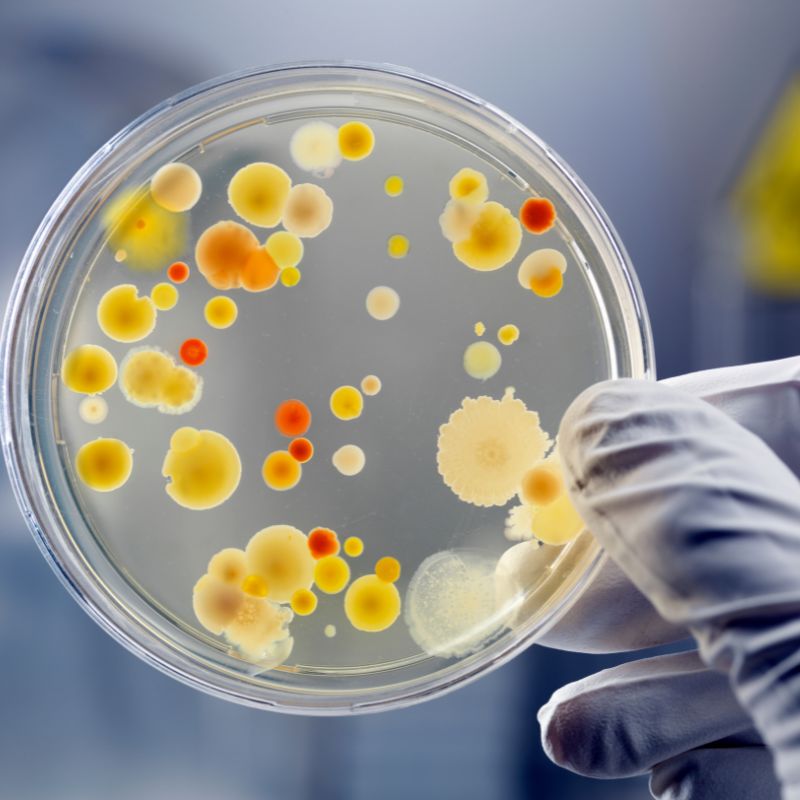
Microcystin
Source: Produced by certain species of cyanobacteria (blue-green algae) during harmful algal blooms in Lake Erie, primarily during warm summer and early fall months
Health Effects: Liver toxicity, gastrointestinal issues, skin irritation, and potential long-term health concerns with chronic exposure
Current Status: Toledo’s multi-barrier treatment approach (including ozone) effectively removes microcystin from drinking water. EPA/WHO Guideline: 1.0 μg/L (microgram per liter). Toledo’s finished water consistently tests below detection limits for microcystin.

Disinfection Byproducts
Source: Form when disinfectants like chlorine react with naturally occurring organic matter in the water
Health Effects: Some disinfection byproducts may increase risk of certain cancers and reproductive issues with long-term exposure to elevated levels
Current Status: The addition of ozone treatment has reduced the formation of disinfection byproducts by allowing for lower chlorine usage while maintaining effective disinfection. Toledo’s drinking water meets all EPA standards for trihalomethanes (THMs) and haloacetic acids (HAAs), the main regulated disinfection byproducts.
Please read – our information
The information presented on cleanairandwater.net is compiled from official water quality reports, trusted news sources, government websites, and public health resources. While we strive for accuracy and thoroughness in our presentations, we are not scientists, engineers, or qualified water quality professionals.
Our mission is to present water quality information in an accessible, real-world format that helps people understand what’s in their water and make informed decisions about their health and safety. We believe that complex environmental information should be available to everyone in a format that’s easy to understand.
We make every effort to ensure our content is current and accurate, but we cannot guarantee that all information is complete or error-free. This website should not replace official communications from your local water utility or health department. We always recommend consulting official sources for the most up-to-date information regarding your specific water system.
Clean Air and Water is not liable for any unintentional errors, omissions, or outdated information. The content on this site is provided for informational purposes only and should not be considered professional advice.
